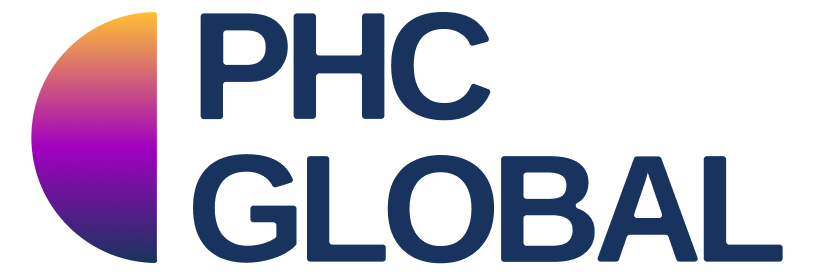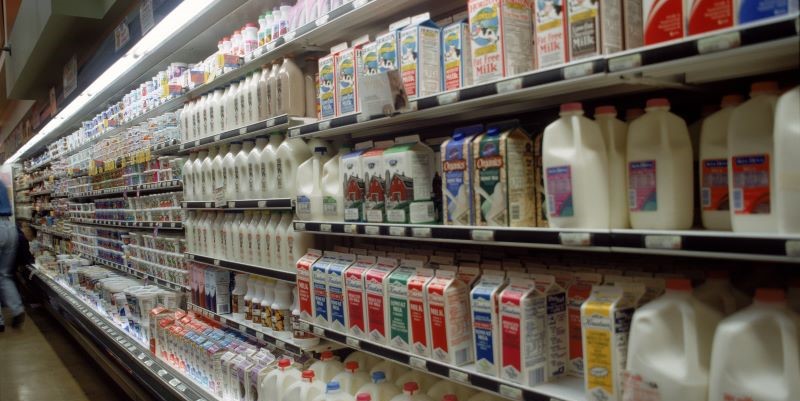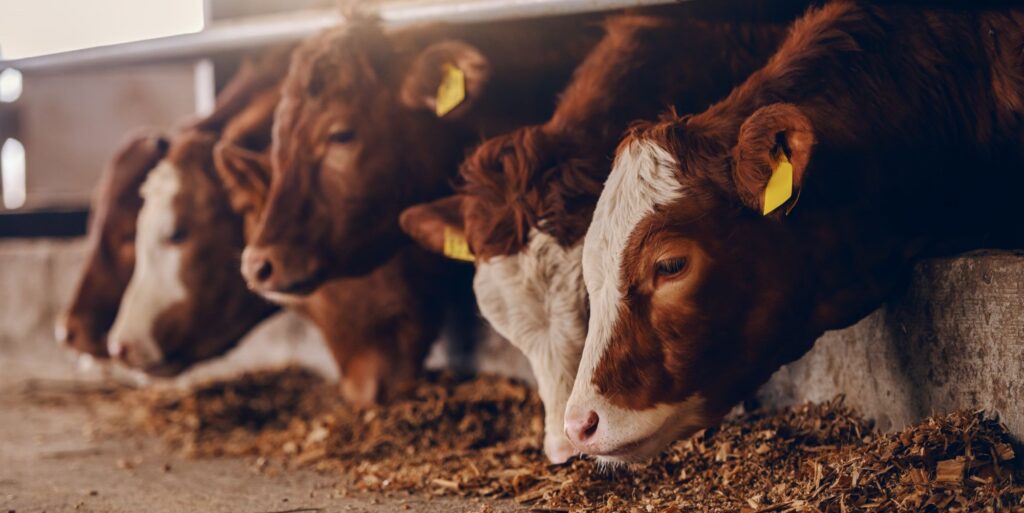The emergence of avian influenza H5N1 2.3.4.4b in dairy cattle is potentially a waypoint on the viral evolutionary journey to a business-disrupting mutation (see earlier blog). Dairy farmers’ reluctance to open their farm gates to federal surveillance is not unexpected. Still, it does expose the limitations of our ability to monitor new diseases.
Disease surveillance is multi-purpose and fundamental to public safety
Disease surveillance systems provide ongoing monitoring of health-related data that can be used to understand baselines and to prevent and control disease. Since 1799, when Paul Revere monitored incoming ships for disease as the nation’s first health officer and board of health chair, data on disease has been collected to protect the public. However, for many people, the COVID-19 pandemic intertwined surveillance with restrictions and lockdowns. Erosion of trust in public institutions presents a challenging environment for setting up new surveillance systems to address emerging threats.
Gaps require surveillance innovation
Businesses embracing data-driven decision-making may feel a sense of COVID-inspired deja vu from this lack of data. In the absence of traditional data through testing or health records, alternative or proxy data can be used. Recently, scientists from the University of Washington and the Fred Hutchinson Cancer Center constructed the complete H5N1 viral genetic sequence from two positive samples of grocery store milk. If we can’t go to the source, we can still look at something further downstream.
Proxy data analysis is not self-serve
Analyzing grocery store milk protects the identity of the infected farms, therefore obscuring the location and timing of infections. Downstream and proxy data are useful flashlights when the power goes out, but their illumination is poorer than your ceiling lights. Making sense of these data sources requires more expertise. For example, a positive grocery store milk sample could represent one or more herds’ infections, including multiple versions of the virus, and it could represent the coinfection of multiple H5HN versions in one cow or several cows, each with one version. Similarly, wastewater surveillance data can be heavily impacted by mass gatherings or travel events. Additional data is required to interpret these proxy signals, helpful as they are.

The good news is that grocery store milk may be a more achievable surveillance approach than on-farm testing. The even better news for businesses is that they don’t need to expand their workforce to understand these more nuanced data sources. PHC Pharos evaluates and contextualizes proxy and traditional data through expert analyses and customizable dashboards.
Sign up for a free trial of PHC Pharos today and equip your business with the tools needed for an ever-changing world so that you can protect your people, assets and revenue.



